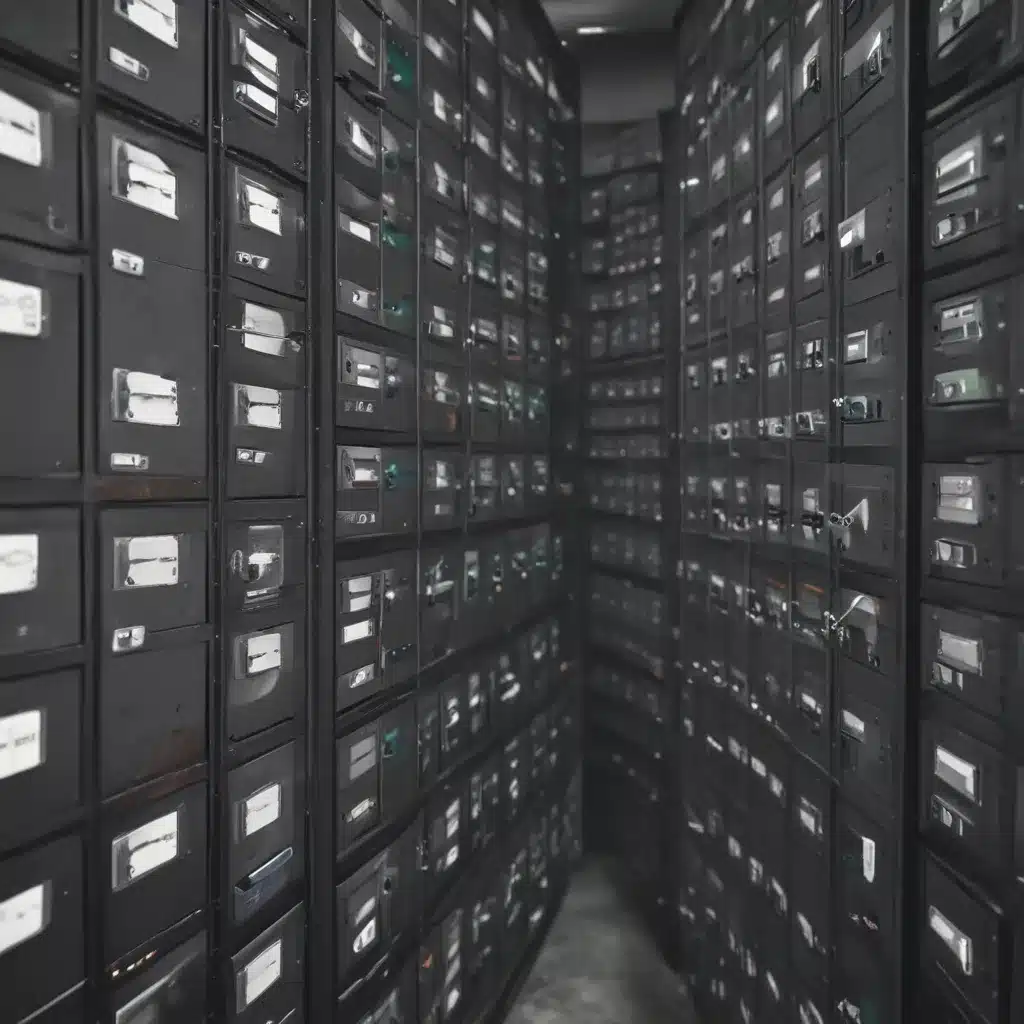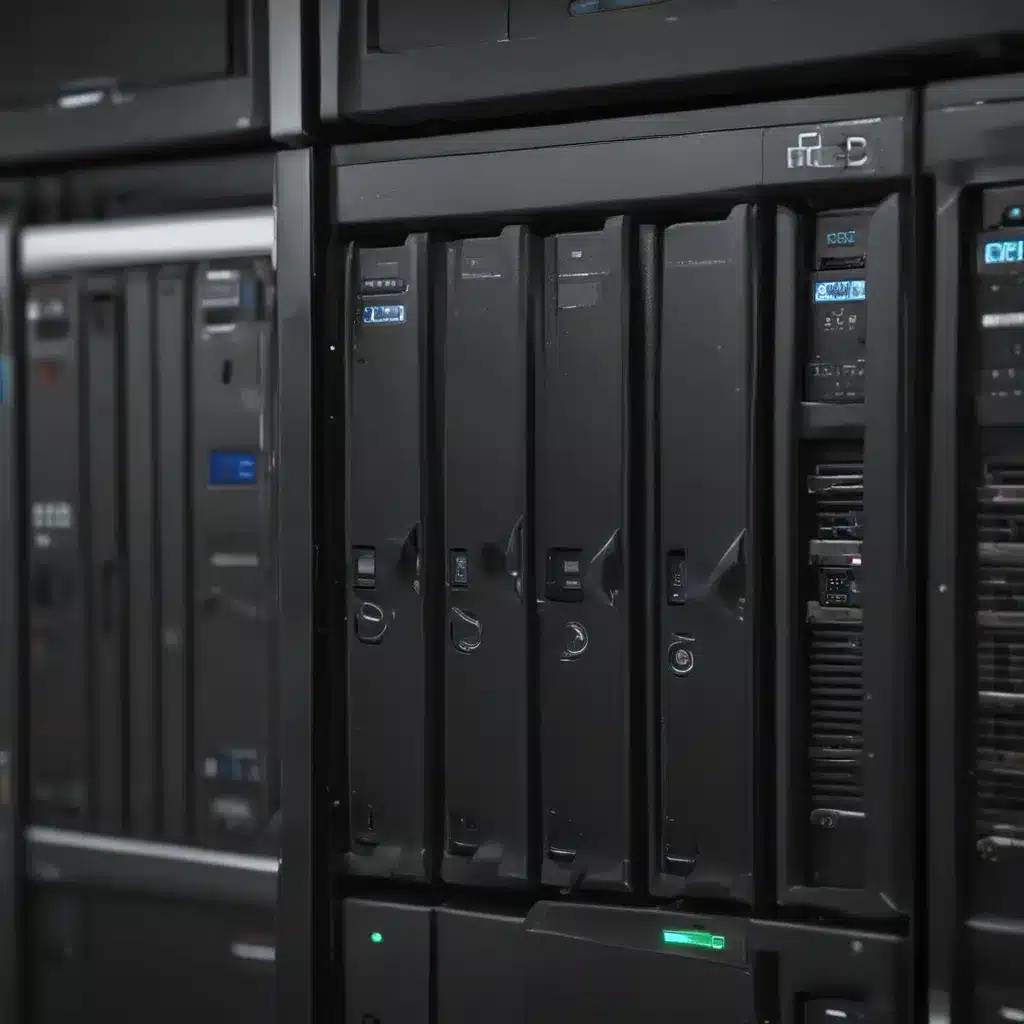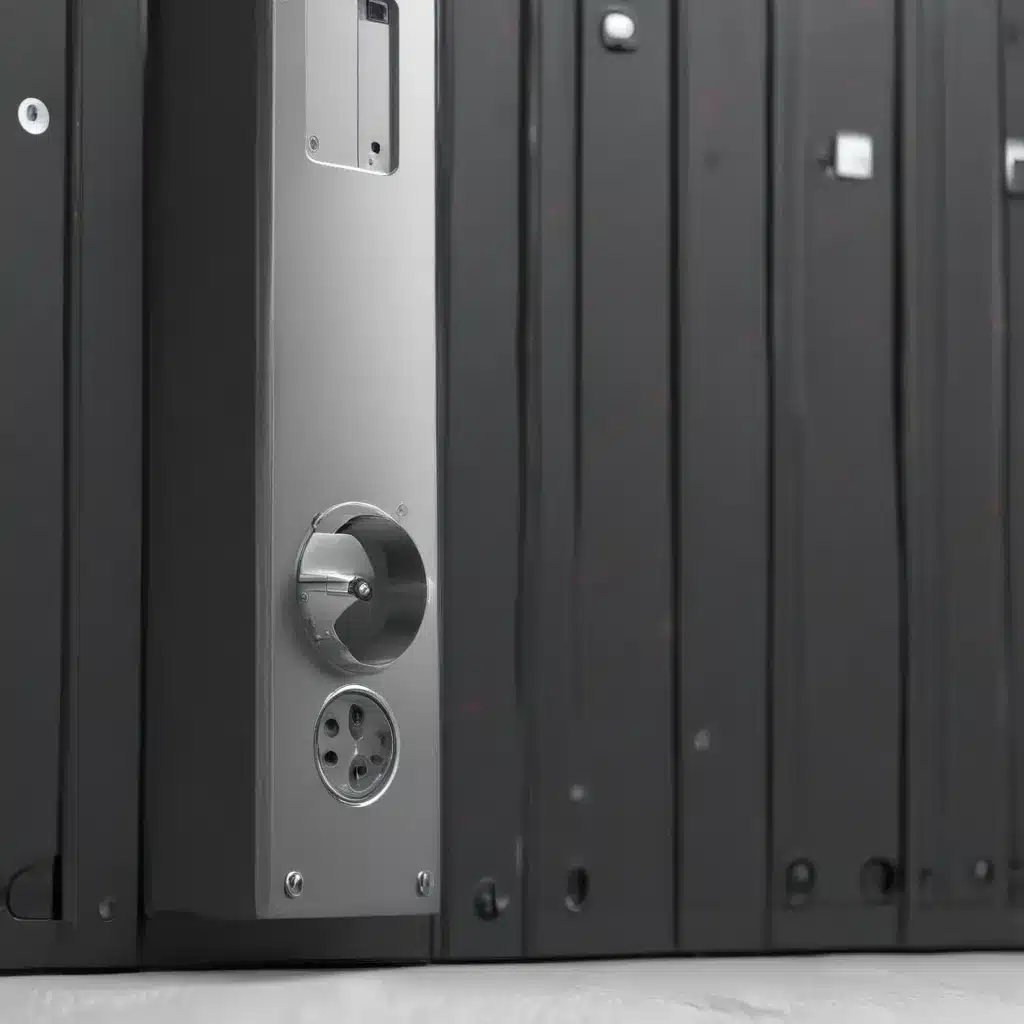Introduction
Sustainability has become a major focus in the technology industry. Companies are realizing that adopting green practices not only benefits the environment, but also leads to innovations that improve efficiency and reduce costs. As someone passionate about technology, I wanted to learn more about the technologies and practices that make up Green IT. In this article, I’ll provide an in-depth look at how Green IT works and the innovations it is driving.
What is Green IT?
Green IT refers to environmentally sustainable information technology practices and infrastructure. The goal is to minimize the negative environmental impact of IT operations through energy efficiency and proper disposal of electronic waste.
Some examples of Green IT practices include:
- Virtualization to reduce the number of physical servers
- Power management settings on devices
- Data center efficiency improvements like hot/cold aisle containment
- Telecommuting and video conferencing to reduce travel
- Electronic waste recycling programs
These measures help organizations lower energy consumption, reduce emissions, and promote sustainability. Adopting Green IT helps businesses operate in an environmentally responsible way.
Drivers of Green IT Adoption
Several factors are driving increased adoption of Green IT in recent years:
-
Cost savings – Energy-efficient IT infrastructure and policies reduce power consumption and costs. Server virtualization alone can reduce data center power costs by 80%.
-
Regulatory compliance – Governments are enacting regulations to limit the environmental impact of electronics. This includes electronic waste disposal laws like WEEE and RoHS.
-
Corporate social responsibility – With climate change and environmental issues growing in prominence, adopting green practices improves public image and demonstrates social responsibility.
-
Market demands – Sustainable IT certification like ENERGY STAR ratings have become an important competitive differentiator. Gartner predicts sustainability will be a main selection criterion for enterprises by 2025.
Key Components of a Green IT Strategy
Implementing Green IT requires a holistic strategy across three main focus areas:
Green Use
This focuses on sustainable IT policies and best practices such as:
- Server virtualization and consolidation
- Desktop power management settings
- Employee telecommuting programs
- Multifunction printers to reduce waste
- Default double-sided printing
Green Disposal
This covers the proper disposal of electronic waste:
- E-waste recycling programs
- Proper disposal of batteries and toner cartridges
- Finding certified electronics recyclers to handle end-of-life equipment
Green Design
This focuses on energy-efficient equipment design including:
- Energy-efficient servers, data centers and devices
- Low-power consumption chips, processors and components
- Modular and blade servers to reduce waste
A comprehensive Green IT program will include initiatives across all three areas.
Innovations Driven By Green IT
The need for energy-efficient, sustainable IT has led to innovative new technologies and practices:
Virtualization
Virtualizing servers, storage, networks and desktops has dramatically reduced hardware needs. Server virtualization alone has delivered 60-80% lower energy usage. Technologies like VMware have driven virtualization mainstream.
Improved Data Center Design
Hot aisle/cold aisle data center configurations, modular data centers, and low-power components have significantly improved energy efficiency. Facebook’s Arctic Circle data center uses outside air for cooling, reducing energy for air conditioning by 60%.
Renewable Energy
Data centers are increasingly powered by renewable sources like solar and wind. Apple’s data centers run fully on renewable energy. Google uses deep neural networks to optimize wind farm energy production.
AI for Efficiency
AI and machine learning are being applied to optimize data center energy use based on utilization patterns. Microsoft has cut 5-10% of its data center energy use with AI-powered smart building technology.
Carbon Offsetting
Carbon offsets fund environmental projects to counterbalance carbon emissions from IT infrastructure. AWS, Google and Microsoft all purchase offsets to reduce their carbon footprints.
Conclusion
Green IT leverages technology to build an environmentally sustainable future. It demonstrates how environmental priorities can drive innovations that also benefit businesses through IT efficiency. Continued focus in this area will be vital as technology’s role in our lives grows. By adopting Green IT principles across the IT lifecycle, we can accelerate solutions that protect the planet.













